Professor Krikor Dikranian and Assistant Professor Peter Bayguinov among authors of new study in Nature describing a route that serves as a passageway to clear fluid waste from brain.
How does waste leave the brain? (Links to an external site)
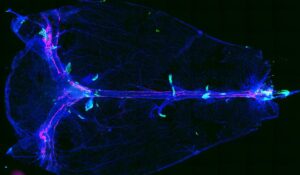

Professor Krikor Dikranian and Assistant Professor Peter Bayguinov among authors of new study in Nature describing a route that serves as a passageway to clear fluid waste from brain.
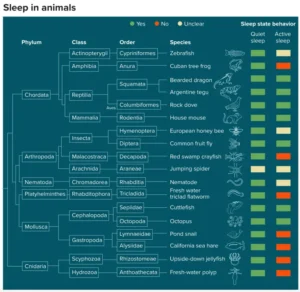
Read Professor Paul Shaw’s insights in Big Think on sleep across the animal kingdom.

Read Dr. Ashley Morhardt’s comments in Discover on a new study in the Journal of Comparative Neurology.

Dr. Monosov, Associate Professor of Neuroscience, discusses his research on the neurobiological roots of curiosity on the Choose to Be Curious program.
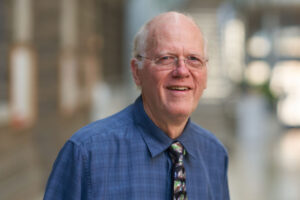
David Van Essen, PhD, Alumni Endowed Professor of Neuroscience at Washington University, is among the scholars on Clarivate’s 2023 list of Highly Cited Researchers.
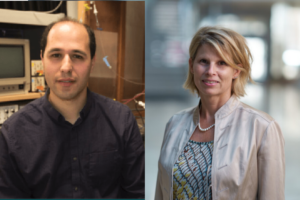
In collaboration with Vitaly Klyachko in the Department of Cell Biology and Physiology at WashU, the funds will support research into the function of sensory neurons and partners known as satellite glial cells.

In Nature Neuroscience, Thomas Papouin and colleagues describe the role of astrocytes in “contextual guidance.”
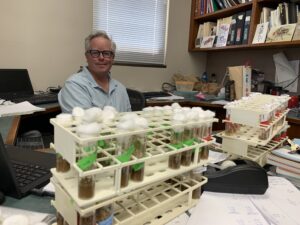
Fruit flies seek out warmer temperatures when they experience sleep deprivation or fragmentation or when faced with a shifted sleep schedule, similar to when people stay up late and sleep in on the weekend.
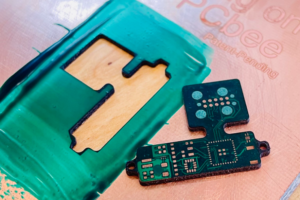
Partnering with St. Louis–based uFab, the Neurotech Hub can meet the need for bespoke neuroscience technology in house.
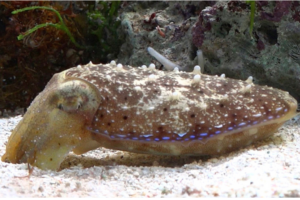
Read Dr. Paul Shaw’s comments in an article in Knowable Magazine about REM sleep across the animal kingdom.